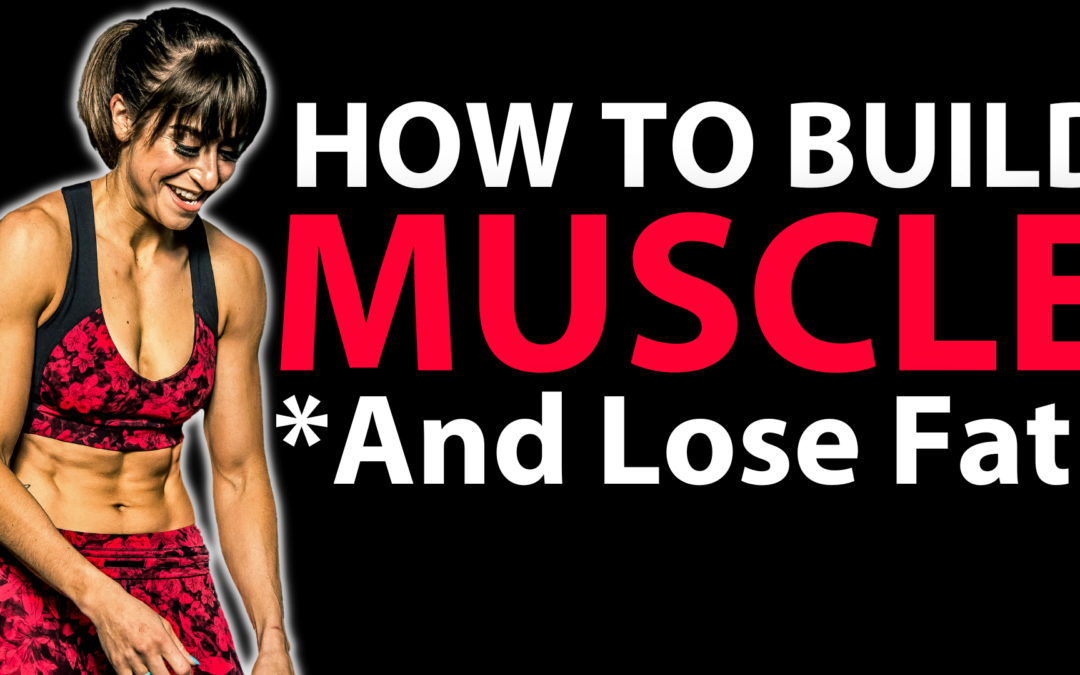
by Cori Lefkowith | Aug 11, 2024 | Blog, Diet, Exercises
Age is a number. Strength is a choice. Plain and simple. You can’t change your age. You can’t reverse that number. But at ANY time, you can change your lifestyle habits to feel and move your best. Whether we want to admit and OWN this...

by Cori Lefkowith | Aug 4, 2024 | Blog, Diet, Exercises
Struggling to see the muscle gains you want? Stop blaming your age. Stop blaming your genetics. While these things impact how we may design our workouts and diet to help us achieve results, they are within our power to address. Because the real reason we aren’t seeing...

by Cori Lefkowith | Aug 29, 2024 | podcast
I’m Cori Welcome To The Redefining Strength Podcast Listen on Spotify Listen on YouTube Listen on Podcast Addict Listen on Amazon Music HIDE TRANSCRIPT SHOW TRANSCRIPT Cori (00:00):Hey guys, this is Cori from Redefining Strength. Welcome to the Fitness X...

by Cori Lefkowith | Aug 1, 2024 | podcast
LISTEN HERE 7 WATCH HERE 7 TRANSCRIPT 7 OPEN TRANSCRIPT Cori (00:00):Hey guys, this is Cori from Redefining Strength. Welcome to the Fitness Hacks Podcast. This is the show where I share all my free workout and nutrition tips. I’m not going to ever fill this...

by Cori Lefkowith | Aug 1, 2024 | podcast
LISTEN HERE 7 WATCH HERE 7 TRANSCRIPT 7 OPEN TRANSCRIPT (00:00):Hey guys, this is Cori from Redefining Strength. Welcome to the Fitness Hacks Podcast. This is the show where I share all my free workout and nutrition tips. I’m not going to ever fill this episode...






